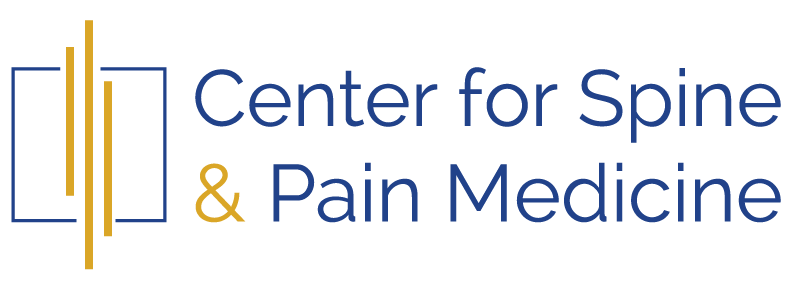Spinal Cord Stimulation, also known as SCS, is the use of electrical pulses to relieve chronic
Pain in the back, arms or legs. This treatment is designed for those suffering from neuropathic pain, specifically those who have tried and exhausted more conventional means to no avail.

Spinal Cord Stimulation
Spinal Cord Stimulation often begins with a trial run. Together, the doctor and the patient will determine where the placement of the stimulation will best or most effectively relieve their pain. As such, the patient is fully awake and aware during the trial.
Once the injection site is anesthetized, an epidural needle or an incision may be used to inser insulated wire leads into the patient’s epidural region – that is, the space surrounding the spinal cord. Electrodes in these wires produce the electrical impulses that are shown to stimulate nerves and impede the transmission of pain signals from the nerve to the brain. The positioning of the wires can affect how effective the impulses are – which is why the patient must actively communicate with the doctor to find the ideal region where they feel the least or no pain. The trial runs for a full week – with the patient being equipped with an external trial stimulator that will help determine if SCS will be a viable treatment option for them.


Following a successful trial, when both the patient and doctor come to agreement on the correct placement of the impulses to effectively relieve the pain, the leads are removed and a permanent implant is prepared.
The permanent implant is performed when the patient is under sedation or general anesthesia. A number of leads specific to the case will be inserted through, again, a epidural needle or incision at the location that was determined by the trial. Through a small incision, an Implantable Pulse Generator battery is positioned and placed beneath the skin – most often in the buttocks or abdomen regions. The leads are connected to the IPG, and the permanent implant is complete.
The patient will have total control over the pulses that are generated by the IPG via an external wireless programmer. They may use the device to turn the pulses on or off, adjust the level or intensity of pulses, or other functions. The patient may experience swelling at the incision site for several days.

